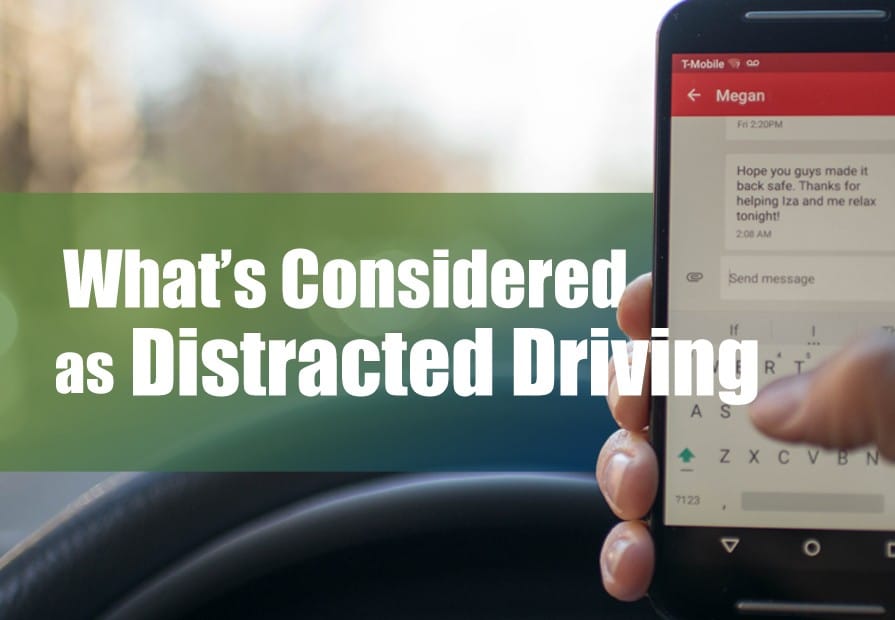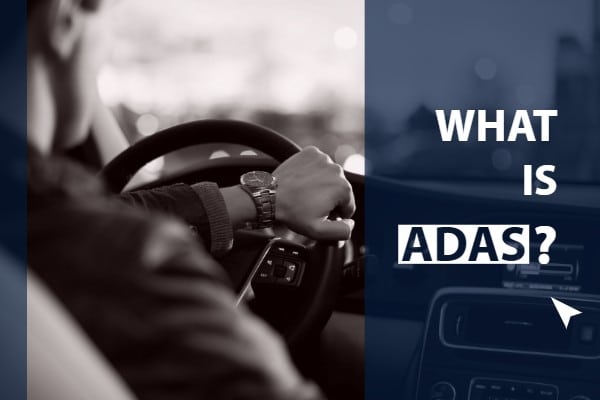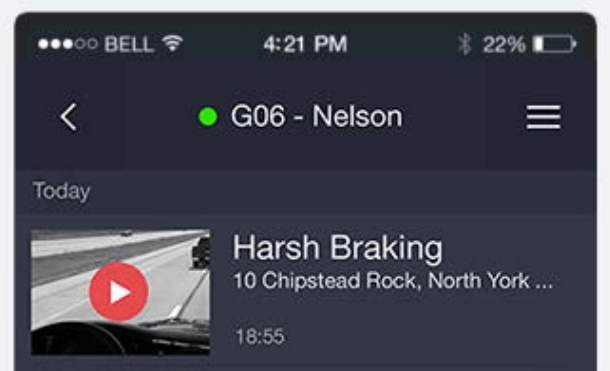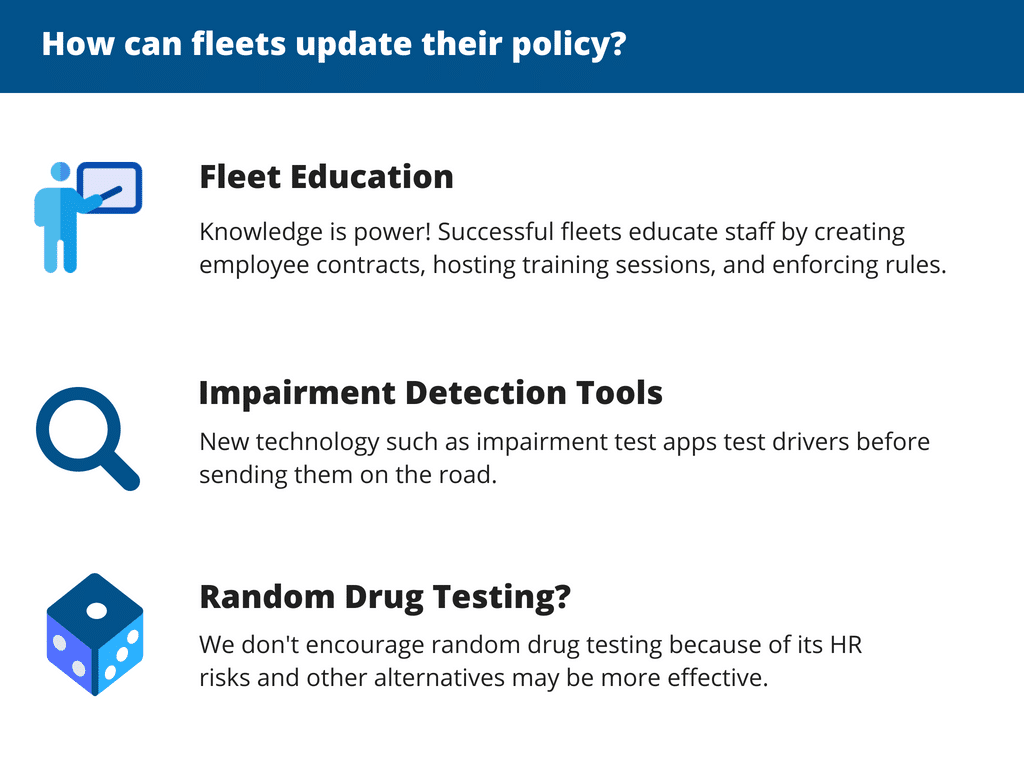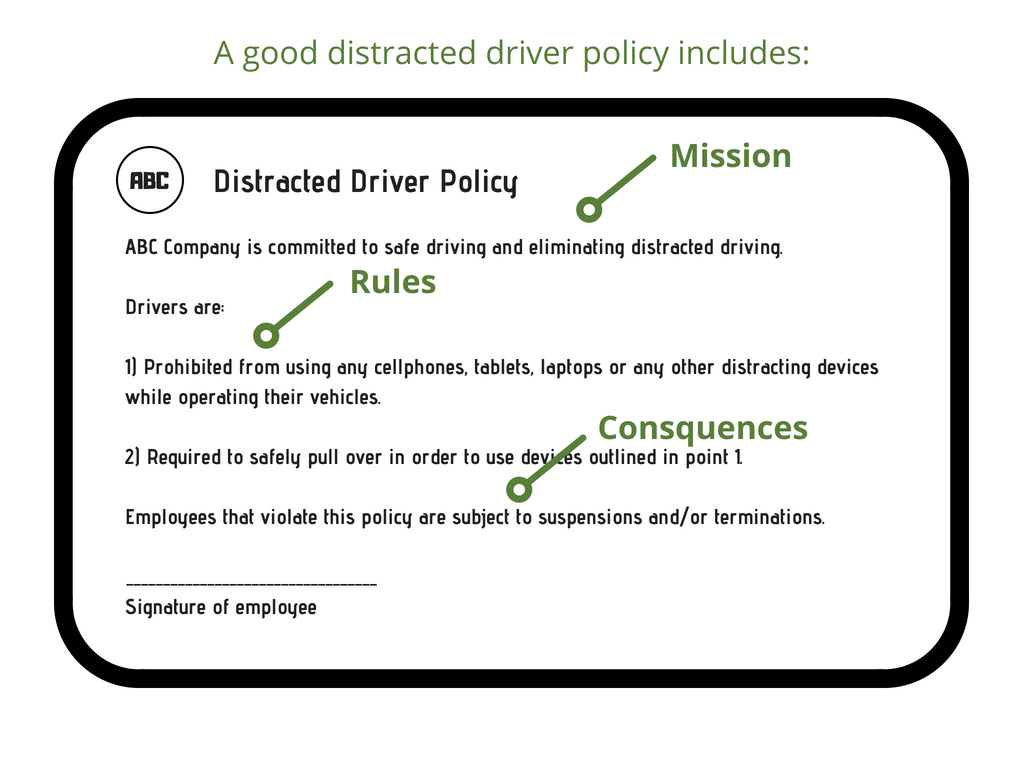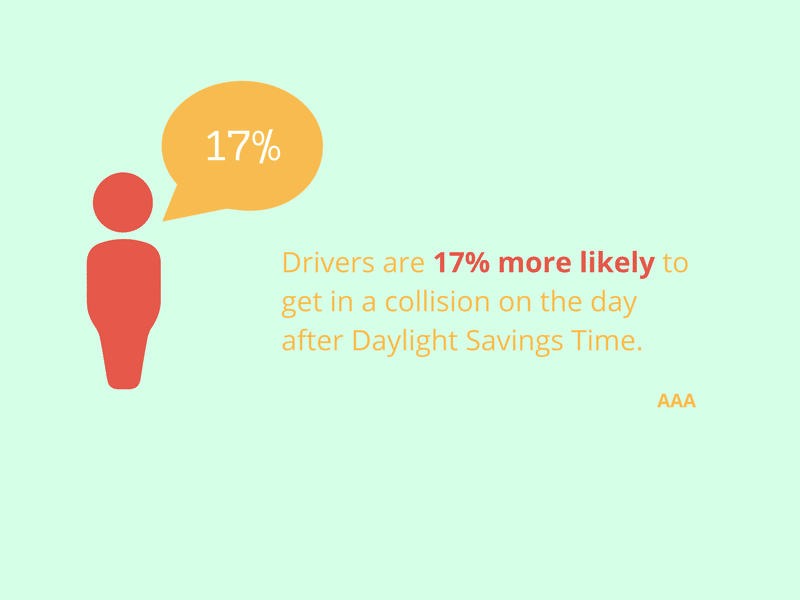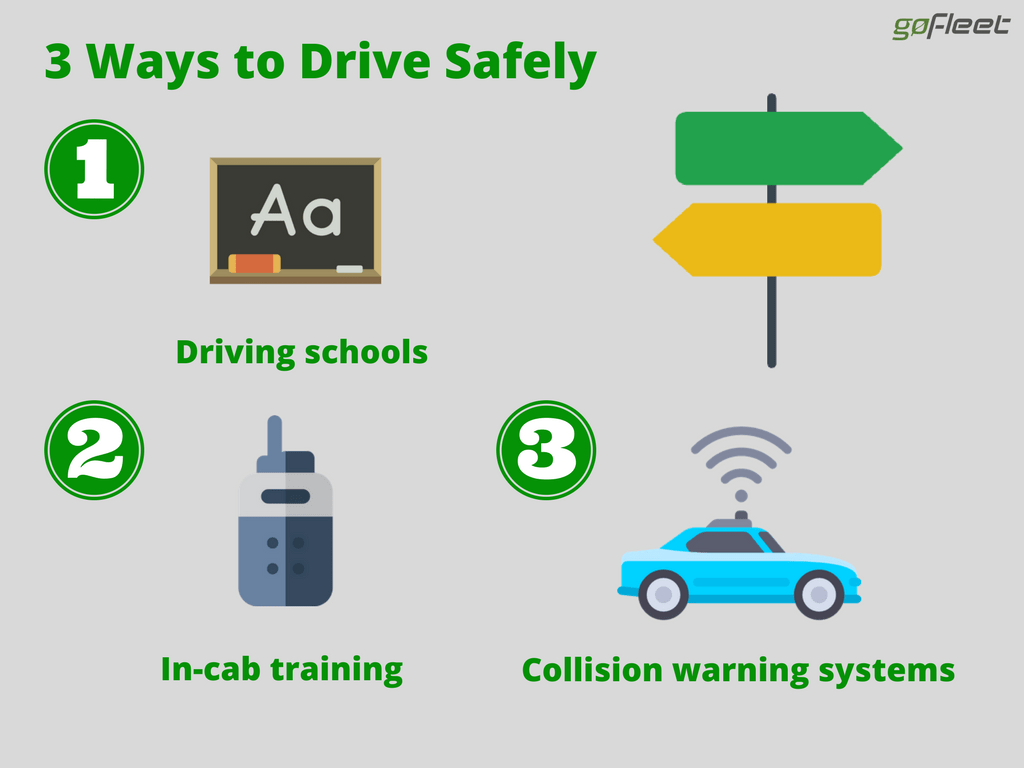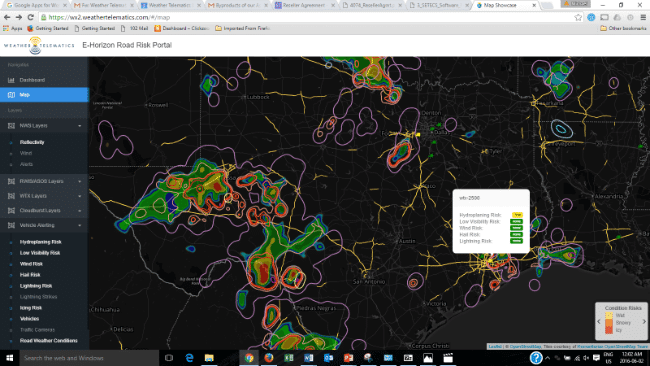By definition, distracted driving seems pretty simple. If something is causing a driver to compromise their judgement while driving – it is considered a distraction. Typically, most people associate distracted driving with electronic devices. It has now become common knowledge that you absolutely cannot be using your phone while driving or even hold it in your hands. Well, unless your idea of fun includes paying up to $1000 and receiving three demerit points (not to mention a suspended license for 30 days for a first conviction).
Still sound like fun? No? Just don’t use your phone while driving. While that statement is applicable everywhere that roads exist, these consequences come directly from Ontario’s laws. So if you’re from Ontario, pay extra attention folks.
Now that we are familiar with the consequences of using an electronic device while driving, let’s discuss what else constitutes distracted driving according to the RCMP.
Did Matt’s infamous “shortcut” get you lost again? Well, you’re going to have to pull over and type your destination into the GPS when you aren’t driving.
Wondering if you missed any information in that document you just signed? You’ll need to wait until you are no longer driving in order to read it.
Is Friday by Rebecca Black blaring through your speakers? Well, you can apologise to your ears after you pull over because you can’t switch playlists while driving either.
Oh, and that burrito in the passenger seat that you just picked up? It might be calling your name but if you choose to eat it on the road, a distracted driving violation could be waiting for you too (Plus six demerits depending on the food).
Got it?
Basically, distracted driving isn’t only limited to the use of electronics. You could be combing your hair while merging to be found guilty of distracted driving. So let’s get into specifics, the following actions that are considered as distracted driving:
- Talking on a cell phone
- Texting
- Reading (books, maps, newspapers for example)
- Using a GPS navigator
- Watching videos or movies
- Eating /drinking
- Smoking
- Personal grooming
- Adjusting the radio / CD
- Playing extremely loud music
So What?
Look, rules are broken all the time. But when it comes to distracted driving, breaking the rules could mean the difference between life and death. In fact, 80% of collisions and 65% of near crashes have some form of driver inattention as contributing factors according to the National Highway Safety Administration. With statistics like those, companies have started to take preventative action by implementing ways to monitor distracted driving on the roads.
What’s Being Done About it?
Solutions like alert systems to tell drivers to slow down when they’re speeding, for example, can help create a safer environment on the road. GoFleet specifically offers solutions to act as deterrents for distracted driving; like their variety of cameras, hands-free communication alternatives, and cellphone disabling systems. A cool feature that we will see available on the market is Video AI. This technology processes facial contours to determine if people are distracted or not while they are driving, and sends notifications to managers. The system is able to detect when the driver is texting, eating, micro-sleeping, holding a phone, yawning and more. It can be suggested that reactions leading to crashes usually occur when the driver in question is being distracted while operating the vehicle. Technology is making big moves people!
Many companies run reports and try to further educate drivers on how to drive safely so fewer accidents occur due to distractions. What’s more, goFleet also offers solutions for disabling mobile devices while the driver is on a route, as well as intelligent cameras that recognize if the eyes are looking down, or if there’s a phone in your hand, if you’re eating and more! See our solutions by clicking here.
Okay so, just to clarify – no phone use while driving. At all.
Do not take your eyes off the road to pull out your lunch, and definitely do not try to do your makeup on the way to work. Anything that could limit you from being focused while driving should be avoided. Let’s work together to be more aware and keep the streets safer.
